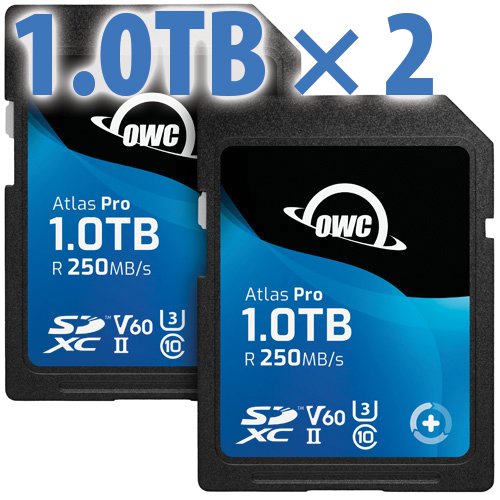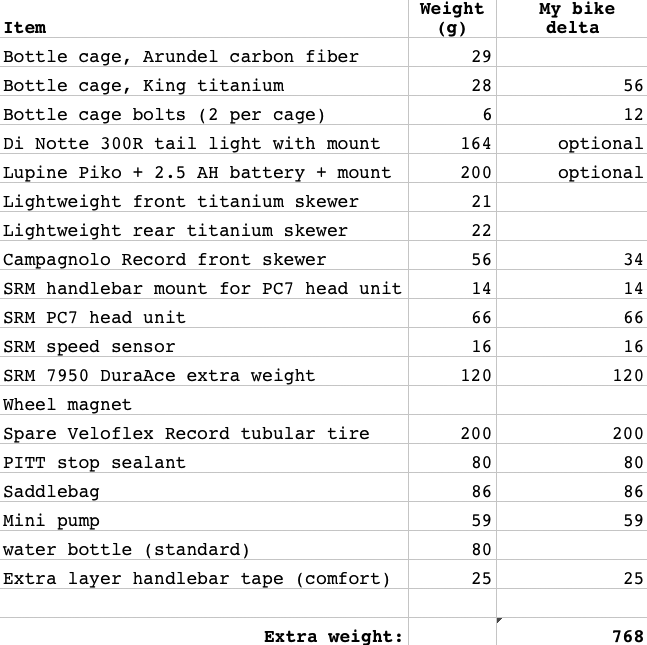
$220 SAVE $130 = 37.0% Western Digital 16.0TB Western Digital Ultrastar DC HC550 3.5-in… in Storage: Hard Drives
|

$500 SAVE $75 = 13.0% OWC 1.0TB OWC Atlas Pro SDXC V60 UHS-II Memory Card (2-Pack) in All Other Categories
|

|

|

|

|
What Does a Bike Really Weigh For Real Riding?
When reading “reviews” at various online biking sites, weights are often quoted from manufacturers, but left out are the details which make the figures useful or actionable. For example—
- Frame weights are quoted without paint, or a frame weight is quoted a model with minimal paint (a full quality paint job can add 100-200 grams to a frame).
- Frame weights are quoted without various small parts, e.g., screws required to mount water bottles, derailleurs, adapters, dropouts, etc.
- Frame weight is quoted while omitting the weight of required adapters for a bottom bracket if one uses a BB different than the default one (e.g., Shimano on a PressFit 30 bottom bracket).
- Outright lying about what regular production frames weigh (this applies to parts, tires, wheels so much so that quoted weights cannot be considered reliable).
Riding a real bike
Setting aside the bogus claims about bike frames, to ride a bike safely and comfortably on a real ride, the bike is going to get heavier.
When whole-bike weight is quoted, there are these additional items almost always omitted, or glossed over without giving any details:
- Pedals (bike weights omit this). Dura Ace pedals weigh 248g for the pair!)
- Extra weight of a power meter.
- Tire weight.
- Adapters for bottom bracket differences.
- Saddle (lots of padding or minimal)?. From 135g to 300g.
- Speed sensor magnet, speed sensor.
- Mount for cycling computer, cycling computer.
- Water bottle cages and bolts required to mount them.
- Mount for tail light and tail light.
- Spare tire or tube, tire sealant, tire iron, saddle bag.
- Tire pump.
- Stem and handlebar.
- Extra bar tape (for comfort).
- Water bottles (regular ones are quite heavy), I use Evian bottles to save about 100 gram over standard water bottles (which also hold much less fluid).
Example weights
Here are various parts that I weighed to get a handle on the extra weight as a realistic setup I have totaled the extra weight that I require on the bike for real rides.
As can be seen, my bike carries about 768 grams = 1.7 pounds more than a stripped down bike. That extra weight is how I raced the Everest Challenge; it was not optional. And I’m not even counting the water bottles or fluid in them.
Can I do without water bottle cages, my power meter or a repair kit? Certainly not.




